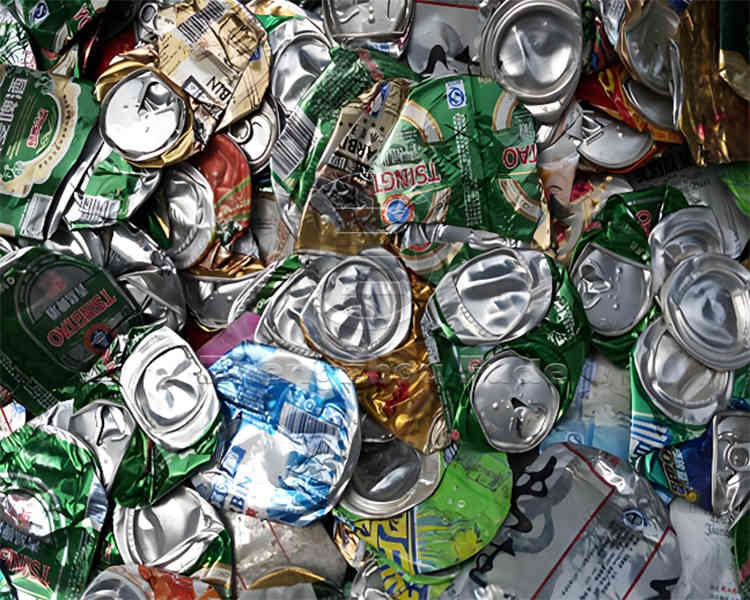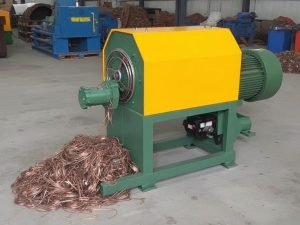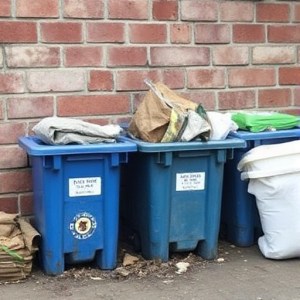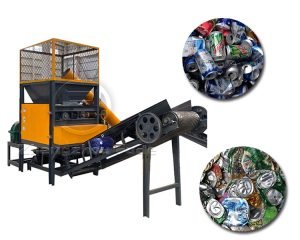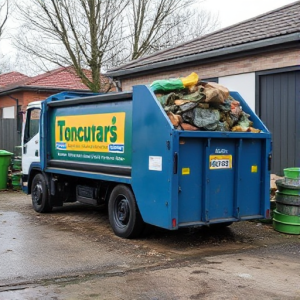The working principle of the can flattening machine mainly involves multiple aspects such as hydraulic transmission, mechanical flattening, and control system. The specific workflow is as follows:
Collection and feeding
Collecting aluminum cans: Aluminum cans can be manually placed or automatically transported to the feed inlet of the compressor. These cans can be of various types, such as all aluminum cans, iron cans with aluminum caps removed, etc.
Compression process
- Entering the compression chamber: The can enters the compression chamber, which is usually composed of two or more compression plates (which may be horizontal or vertical).
- Compression plate movement: When the can enters the compression chamber, the two compression plates begin to move towards the center, gradually contacting and clamping the can. These compression plates are usually controlled by hydraulic systems, which can precisely control pressure and force.
- Apply pressure: As the compression plate moves further, they will apply sufficient pressure to the can, flattening it into thin sheets or blocks. This process may require multiple crushing or pressure adjustments to ensure that the can is completely flattened.
Hydraulic System and Control
- Hydraulic transmission: The can flattening machine adopts a hydraulic transmission system, which is provided with pressure oil by an oil pump and sent to each hydraulic cylinder through pipelines. The action of the hydraulic cylinder drives the compression plate to perform flattening work.
- Control system: The entire device consists of a PLC control system and a human-machine interface. After receiving equipment operation instructions, the PLC control system controls the execution of various actions through programs, such as the movement of compression plates and the application of pressure. The human-machine interface is used to set various action parameters, monitor the production process, and display alarms.
Release and material retrieval
- Release pressure: Once the can is flattened, the compression plate will stop moving and remain in the flattened state. Subsequently, the hydraulic system will release pressure and move the compression plate back to its original position in order to remove the flattened can.
- Processing flattened cans: Flattened cans can be further processed, such as compressed into smaller blocks or transported to recycling centers for classification and recycling.
In summary, the can flattening machine provides power through a hydraulic system to control the movement of the compression plate and the application of pressure, flattening cans into thin sheets or blocks, thereby reducing space occupation, facilitating transportation, and recycling. At the same time, the device also has an intelligent control system and a user-friendly interface, making the entire work process more efficient, safe, and convenient.
Zhengzhou Fude Machinery integrates research and development, manufacturing, and sales. We have a professional technical team that deeply understands customer needs, recommends and answers equipment questions for customers, teaches operation techniques, and produces metal compactors, shredders, copper rice machines, plastic crushers, cake presses, and more. If you want to learn about the metal processing, recycling and reuse industry, please consult us.
 Fudemetal Crusher
Fudemetal Crusher


